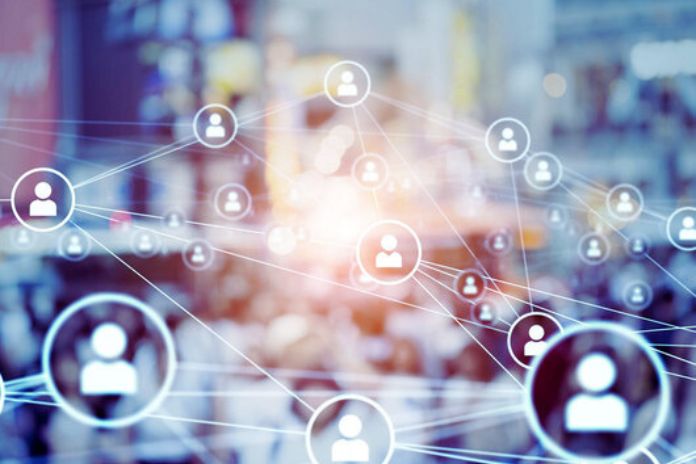It is not always easy to meet the demands of your consumers objectively and satisfactorily. Commonly, one of the challenges for businesses to grow is to work well on the service channels they offer to their customers, unifying the experience in different spaces and optimizing the service provided.
After all, do you know what service channels are? They are how you communicate with your customers, a tool to intermediate this contact and offer efficient support and solutions to them. There are traditional channels, such as phone and email, and more modern ones, such as social networks and chatbots – but we’ll talk more about each below!
Many demands are resolved through the service channels: support requests, upgrade requests, or even clarification of doubts. Therefore, offering good customer service in these spaces is a real differentiator and worth investing your efforts in. For this reason, below, we better explain the main customer service channels and how to optimize them.
What Are The Main Customer Service Channels?
Every business should have pre-established service channels that customers can use to resolve any demand. They can vary according to each brand’s audience, but some are essential in all cases. Check out examples of the main service channels below.
Telephone
Probably one of the most traditional service channels, the telephone is still indispensable for most companies. After all, who has never received a call from a call center or needed service and had to resort to this service channel?
Furthermore, many people still prefer resolving their issues via voice calling, especially those who like to interact with others directly.
A classic in digital service, e-mail is also traditional and essential. It is a safe and easy way to establish more detailed and direct contact with your consumer, especially with those who prefer less personal interactions.
An advantage of e-mail is precisely its low cost and the ease of solving problems in a longer time. In addition, it is possible to work newsletters and e-mail marketing on this channel, an advantage for companies that invest in digital.
Self-Service
Self-service is a channel where the consumer can resolve issues without needing a person from the company to intervene. It can be a Frequently Asked Questions page, also known as a FAQ, or it can happen through an interactive channel that stores the content necessary for the customer to trace a flow of conversation and resolve their query.
This channel is usually sought after for specific and easy-to-solve demands, and it is important because it serves with reduced cost, objectivity, and time optimization for both parties.
Social Media
Every modern company needs to have a digital presence to be credible with its consumers, right? And social networks are the ideal service channel for this. After all, many customer relationships are done through media such as Instagram, WhatsApp, Telegram, or Facebook.
In these digital channels, it is possible to retain your customer in a very impactful and personalized way. Still, the demand for a return is quite immediate, and if the channel is poorly managed, your business profiles on social networks can become a crisis or a channel of claims. Thus, it is necessary to be present while offering a fast and assertive service, which is characteristic of these channels.
As you know, many companies today are available via WhatsApp. After all, this messaging app is on 99% of smartphones. In addition, according to Mobile Time/Opinion Box, 76% of respondents communicate with brands via WhatsApp – which already makes the consumer’s preference for using the message instead of calls explicit.
Therefore, most businesses prefer WhatsApp Business, the application version aimed at business use. It is possible to adopt some differentiated resources, ideal for customer services, such as putting a complete address, map, opening hours, e-mail, website, and much more.
Thus, in addition to the WhatsApp Business user being able to add very important complementary information, it is also possible to facilitate bureaucratic tasks, such as sending and receiving documents with customers.
Also Read: Decision Matrix: What It Is And Its Main Benefits

